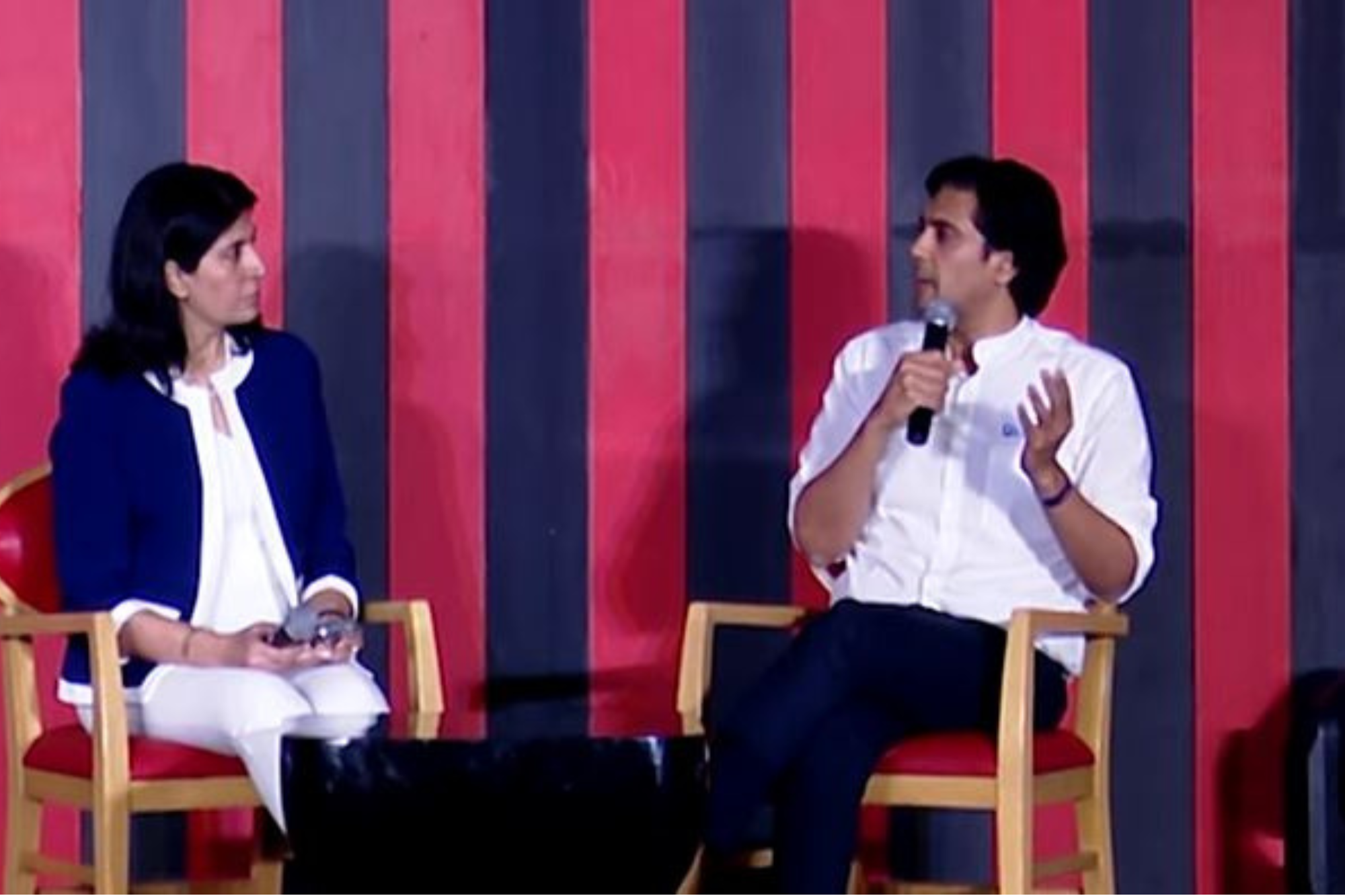Here's Why For Vertical E-commerce Platforms, Sky is The Limit There has been a 30% growth in online shoppers every year since 2015
By Ameen Khwaja •
Opinions expressed by Entrepreneur contributors are their own.
You're reading Entrepreneur India, an international franchise of Entrepreneur Media.

Suzanne, 24, casually browses through her mobile phone during her break. She excitedly whispers to her colleague about a new sale at their favorite lingerie e-store. She clicks a few buttons, and soon the product will be delivered to her home. Welcome to shopping in the 21st Century, no hassle, no waiting for the weekend to go to the mall.
An estimated 460 million Indians will be online this year according to Morgan Stanley. That's a mind-boggling number for even the most sophisticated marketer. The last few years e-commerce has grown beyond anyone's expectations in India. There has been a 30% growth in online shoppers every year since 2015. And with the launch of Jio's free data services even more people have gone online. The Indian market is now one of the largest in the world with an estimated 100 million shoppers in 2017, who spent $20 Billion online during the third quarter of 2017. Another potential show-stopper is that 60% of the workforce is now made up of Millennial and Gen Z. The only way is Up! for Vertical e-commerce brands in this scenario.
Is Horizontal Becoming Old-Fashioned?
Horizontal e-commerce players like Amazon are hard to compete with as they are well-entrenched in the market. Flipkart and Snapdeal, other horizontal e-stores, cover a variety of products and give great discounts during sales, but there are limitations on what and how these online retailers can display; this is where your Vertical e-commerce platform to step in. These vertical online shops only serve a particular niche. They have the advantage of being able to display the product to perfection compared to a multi-product platform. Suppose you have an online Art store, you will be able to display the work in the best way possible with multiple and strategic images in the vertical e-commerce platform. Online e-commerce platforms like pepperfry.com, firstcry.com, lenskart.com, and latestone.com are a few vertical platforms. LatestOne.com is a niche e-tailer in latest gadgets, mobile and tech accessories vertical. With a unique range of products it enjoys minimal competition, better product pricing, greater control on quality of products and, above all, high percentage of repeat customers.
The Advantages of Vertical Platforms:
Cost reduction:
The costs to the consumer can be brought down considerably. Customers on a limited budget find these vertical platforms attractive. The advertisement costs on the horizontal ones are a lot more than on the one or few category e-stores. This reduction in advertisement cost filters down to the consumer in reduced prices for the items he selects. B2C platforms with a wide range of products expect a lot more from the seller to display their items. The seller has no other option than to build-in these costs in the price he displays to the consumer.
Youth Matters
Young people are the drivers of e-commerce in India. Young people have always been brand conscious in India. Now vertical brands are cashing in on this craze for brands. They understand that people in the age group of 24-34 don't shy away from buying online. The trendy, brand-conscious Millennial and Gen Z are comfortable shopping on their mobiles. They don't think twice about spending on brands and special items that give them status amongst their peers. Upwardly mobile and tech-savvy, these young people are comfortable with viewing their products online and the concept of paying online. They identify with certain online vertical brands, like Lenskart and LatestOne and are very happy to access items through their mobiles from these e-stores.
Brand Community
Building a brand community can make the difference to your product. By building a community of people who use or want to use your particular brand of product, you create an opportunity for a sense of belonging. According to the Harvard Business Review, Harley-Davidson made a miraculous recovery from near-extinction in the 90s because they were able to build a community of people around their brand. They made a great recovery and today, 25 years later, are a coveted brand. In an increasingly busy and self-centered world, building a brand community gives people a sense of well being and connection that's missing in their lives. Vertical e-commerce brands are quick to identify this need and fulfill it by creating a community around their brand. These social centers aid in customer allegiance by building a social network and create a sense of community. By identifying a need in a community, a brand can do something to meet the needs and build loyalty from this. People appreciate it when a brand shows concern by addressing and finding a solution to their problems. Vertical platforms are natural binders to form a community. The sense of belonging encourages faithfulness to the brand.
Powerful Content
With the ever-increasing reach of mobiles in India, Vertical platforms are aware that they need to provide useful and meaningful content. Attention span has been shortening so much that if you don't capture your audience's attention in the first 6 seconds, they will move on to the next item. FaceBook and Instagram are examples of social media platforms that have understood this concept. Instagram started their "Stories" in order to give their customers a more meaningful experience. Vertical e-commerce platforms have also understood this need, and now provide space for better interaction and more visibility and access. Better targeted ads, better SEO, and better videos improve the consumer experience with the e-store.












